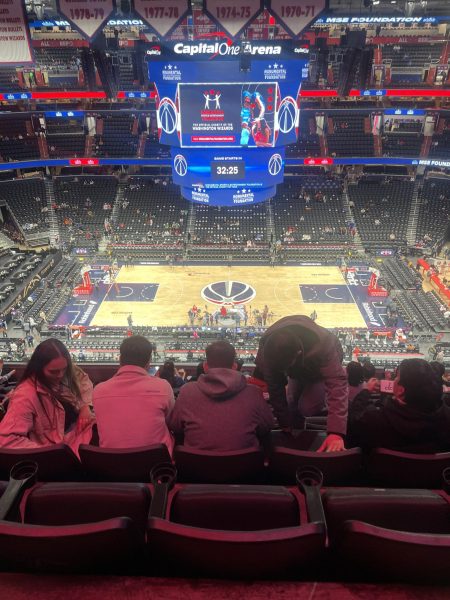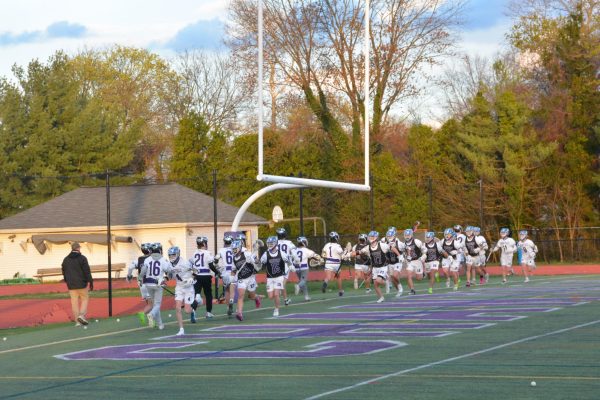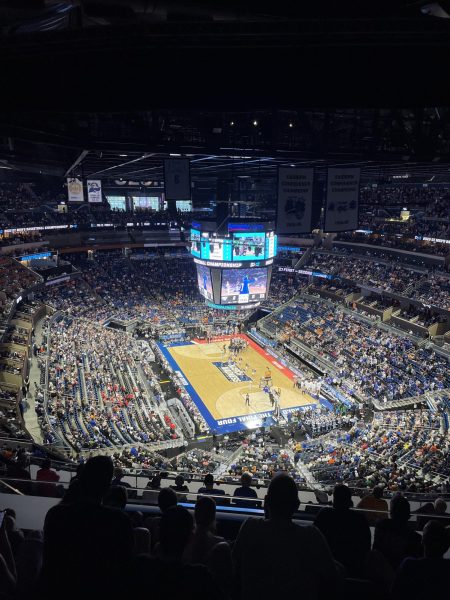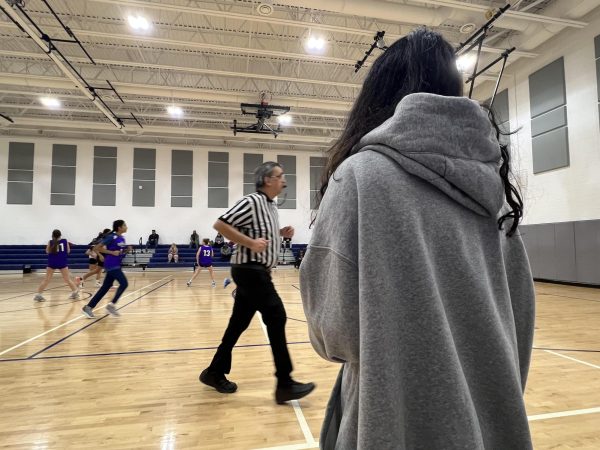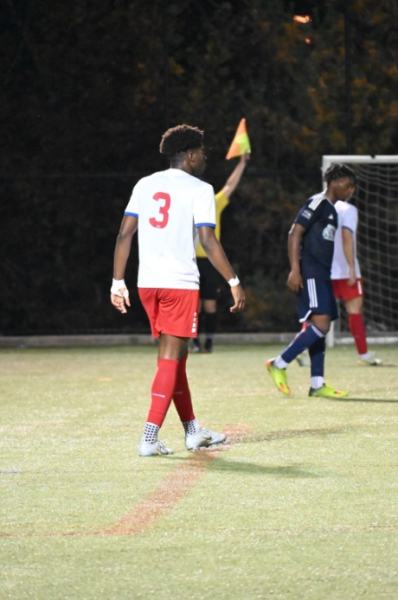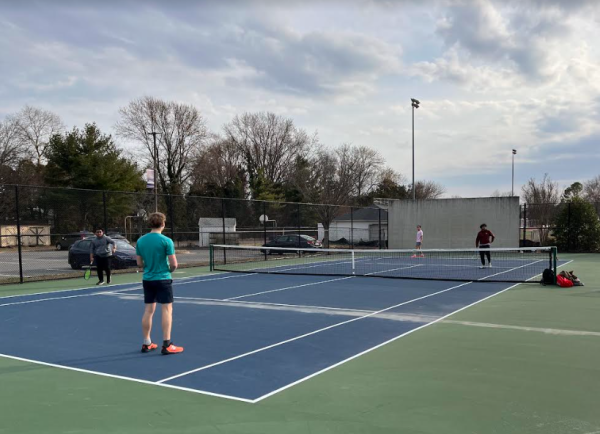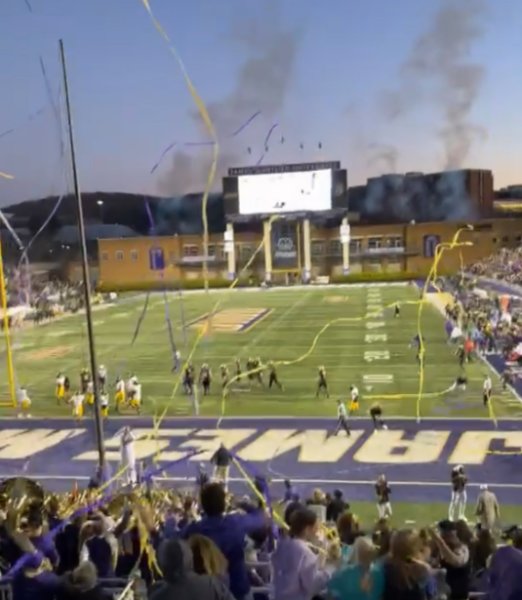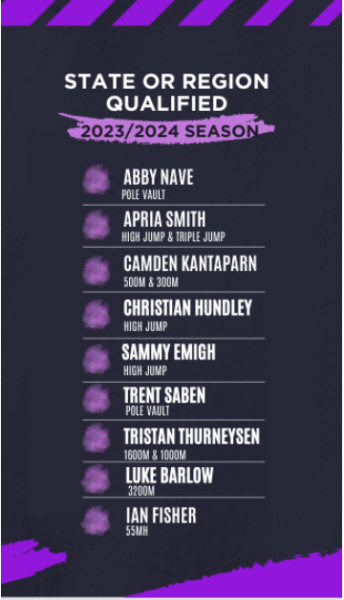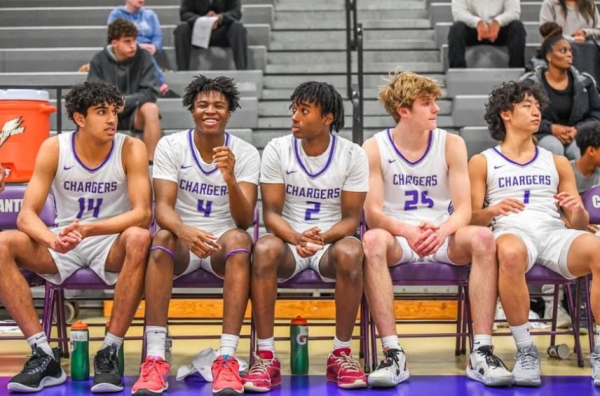Chantilly faculty and students participate in NCAA basketball playoff bracket competition
March 3, 2017
If April showers bring May flowers, then spring brings grass stains and worn out shoes. March has finally arrived, and that means sports. Lots and lots of sports. From golf to soccer, there’s something for everyone to watch, play and enjoy. A major one is college basketball,and basketball brings March Madness.
The NCAA Men’s Division I Basketball Tournament kicks off with “Selection Sunday” on March 12, and ends with the national championship on April 3. The tournament begins with 68 teams competing in a single-elimination bracket. The 16 teams surviving after the rounds of 64 and 32 are dubbed the “Sweet Sixteen,” followed by the “Elite Eight” and the “Final Four.” These four play in the semifinals, and the victors face off in the national championship game.
Despite the almost impossible occurrence of being 100 percent accurate, millions of people each year fill out their own predictions for the tournament using brackets, which represent the series of games played in the knockout tournament.
Included in the massive group of participants are faculty members.
“[March Madness] is for fun and competition,” social studies teacher Matt Stoner said. “It’s [become] a bit of an American tradition to try to predict the games’ outcomes. It [might sound] crazy, but it is a national obsession and I’m a part of it.”
Physical Education teacher Melissa Bibbee agrees.
“It’s a really fun time of the year,” Bibbee said. “College basketball is one of my favorite sports to watch on TV, and I get really into it.”
When it comes to specifics, March Madness bracketology is mostly based on luck. According to the NCAA website, the chances of filling out the perfect bracket are as low 9.2 quintillion to one.
“I don’t think it’s possible to complete the perfect bracket without some help,” Driver’s Education teacher and basketball enthusiast Kurt Sporkmann said. “There are people who have completed the perfect bracket, and I think they come up with some analytical formula [to predict the outcomes]. I’m not sure it’s possible for a casual fan to fill out a perfect bracket. [There are] too many things that go into chance.”
March Madness brings faculty together, despite the differing subjects that they teach. The event gives them a way to strengthen relationships and form new ones, as well as share a common interest that can easily help strike up a conversation.
“I think it’s great in that aspect,” Sporkmann said. “Chantilly is so big, we have so many kids and so many teachers. [Usually we just have] schoolwork or lesson plans or whatever it is that [we] deal with on a day-to-day basis, but now we have something we can talk about.”
The unity that comes with March Madness gives teachers something to bond over outside of the classroom.
“We’re all teachers, we’re all educators, but March Madness brings something from outside that brings us all together,” Stoner said. “I think it’s as American as the Super Bowl, or the Fourth of July. It’s just in our blood.”


